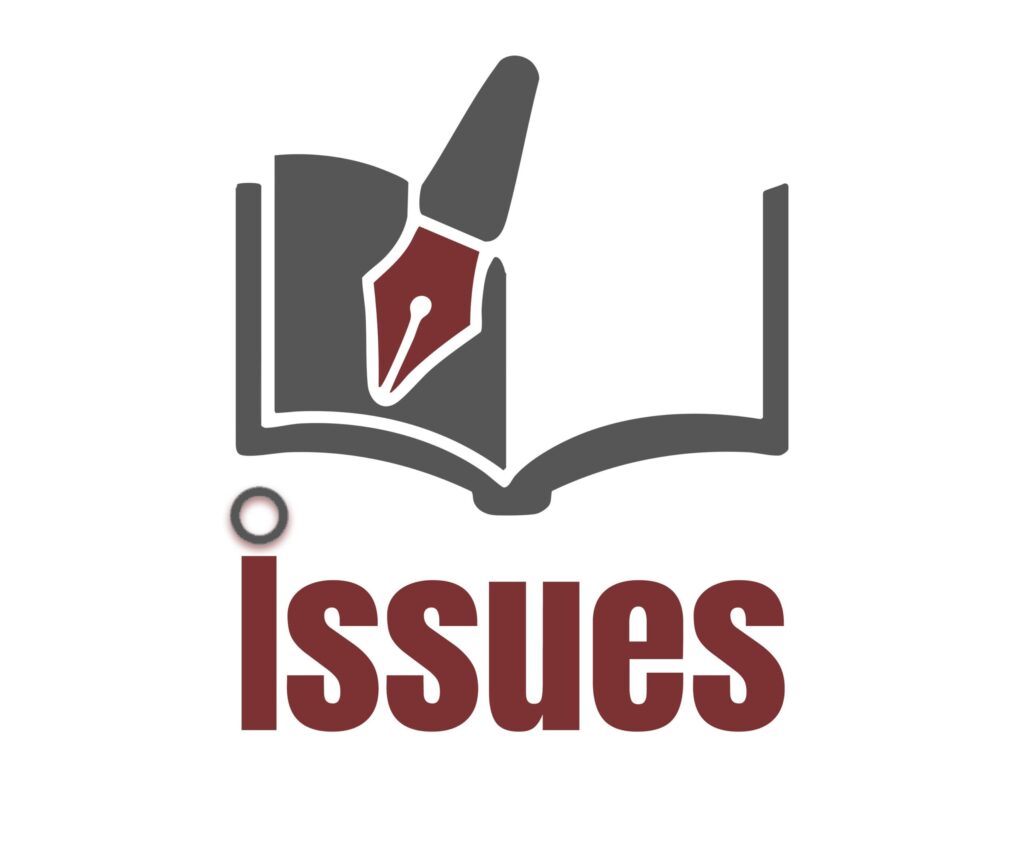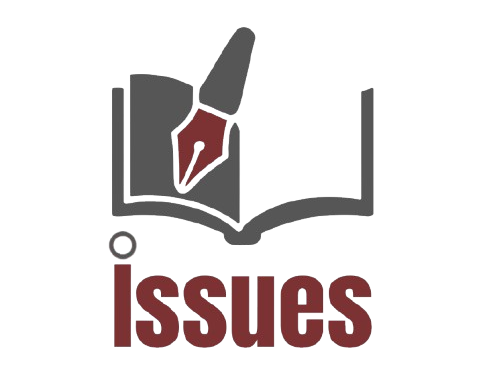Policy briefs are essential tools for translating complex research into actionable recommendations. Yet many well-intentioned briefs go unread because they lack clarity, structure, or relevance to the audience.
Here are a few key tips to ensure your next policy brief makes an impact:
- Know your audience. Tailor your tone, language, and recommendations to policymakers, not academics.
- Lead with the problem. Start with a clear statement of the issue and why it matters.
- Use evidence smartly. Present only the most relevant data—concise, credible, and visually clear.
- Offer practical solutions. Avoid vague advice. Propose real, implementable recommendations.
- Keep it short. A strong brief is ideally 2–4 pages, well-structured, and easy to scan.
A well-crafted policy brief not only informs but influences. In today’s fast-paced political environment, clarity and conciseness are more valuable than ever.


